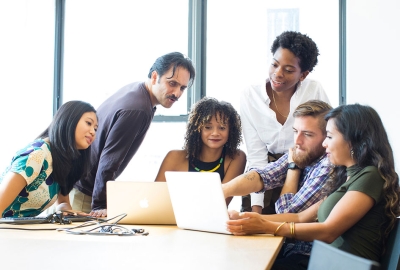This course will track the various manifestations of media amateurism over time and medium, while also exploring theoretical concerns and cultural discourses that surround their work and social construction, especially in relation to notions of professionalism, community, networks, artistic practice, collectivism, and marginalization.
Course #
MCC-UE 1024
Credits
4
Department
Media, Culture, and Communication


